Georgia State Flower Rhododendron Perfume
$59.00
Introduction to Georgia’s State Flower
Georgia is renowned for its beautiful landscapes and vibrant flora. Among its most cherished botanical treasures is the Rhododendron, the state flower celebrated for its striking beauty and exotic fragrance.
The Unique Scent Profile of Rhododendron Perfume
Rhododendron perfume captures the very essence of Georgia’s state flower, offering a delicate blend of floral notes with a hint of earthiness. This unique scent profile is perfect for those who appreciate nature’s elegance and the subtle allure of a sophisticated perfume.
A Closer Look at the Ingredients
Each bottle of rhododendron perfume is crafted using high-quality, natural ingredients that ensure a pure and authentic fragrance. The primary ingredient, Rhododendron, is complemented by an array of botanical extracts that enhance its floral bouquet, creating a harmonious and captivating scent experience.
The Rich History of Rhododendron: Georgia’s State Floral Emblem
The Rhododendron, designated as the state flower of Georgia, holds a remarkable historical and botanical significance. Known for its vibrant blossoms and evergreen foliage, this flower showcases a diversity of forms, with over 1,000 species occurring worldwide. Rhododendron exhibits a compelling mix of floral hues, ranging from the pristine whites to striking purples and reds, making it a cherished symbol in both horticultural and cultural landscapes.
Originally native to Asia, Europe, and North America, the Rhododendron adapted exceptionally well to Georgia’s varied ecosystems, flourishing particularly in the Appalachian region. The flower thrives in acidic soils, often found in the state’s mountainous terrains, which provide the optimal conditions for its growth. This adaptation to both rugged and temperate environments highlights the plant’s resilience and versatility. The Rhododendron’s growth habits, including its preference for partial shade and well-drained soil, further underscore its unique botanical characteristics.
Georgia’s selection of the Rhododendron as its state flower is steeped in historical context, reflecting the region’s appreciation for its natural beauty. The process of designation traces back to the early 1950s when prominent botanists and state officials proposed the Rhododendron as a representative floral emblem. This decision was influenced not only by the flower’s aesthetics but also by its widespread presence and ecological significance within the state.
Prominent figures, such as botanist Wilbur H. Duncan, played a pivotal role in advocating for the Rhododendron’s designation. Their efforts were instrumental in bringing awareness to the flower’s importance in Georgia’s natural heritage. Significant events, including botanical exhibitions and state fairs, also highlighted the Rhododendron, cementing its status as a cultural and symbolic icon.
Today, the Rhododendron continues to be celebrated in Georgia, symbolizing the state’s rich biodiversity and natural beauty. Its lush blooms not only enhance the landscape but also reflect Georgia’s commitment to preserving its unique flora. The Rhododendron stands as a testament to the state’s vibrant ecological identity, bridging the gap between natural splendor and cultural heritage.
The Elegant Transformation: Crafting Rhododendron Perfume
The journey of crafting Rhododendron perfume begins with the meticulous harvesting of its delicate blooms. These flowers, renowned for their fleeting beauty, are carefully hand-picked at the peak of their fragrance potency, ensuring the most authentic essence is captured. Once harvested, the blossoms undergo an intricate preparation process wherein they are meticulously cleaned and sorted, readying them for the subsequent stages of fragrance extraction.
One of the primary methods employed in capturing the essence of Rhododendron is steam distillation. This traditional technique involves passing steam through the flower petals, which releases the volatile aromatic compounds, subsequently condensing into a fragrant distillate. Another approach is solvent extraction, a more complex method wherein solvents dissolve the flower’s essential oils, later separated to leave behind the cherished fragrance. Both methods have their unique advantages, yet they converge on a singular goal: to encapsulate the true essence of Rhododendron in its purest form.
The art of perfumery takes center stage once the essential oils are obtained. At this juncture, skilled perfumers blend the Rhododendron essence with other complementary notes, crafting a harmonious and balanced composition. The olfactory profile of Rhododendron-based perfumes is characterized by its light, floral aroma, often accompanied by hints of sweetness and an earthy undertone. This complex fragrance profile evokes a sense of ethereal beauty, capturing the serenity of Georgia’s native landscapes.
Nevertheless, the incorporation of Rhododendron in perfumery is fraught with challenges. The flower’s delicate nature makes it susceptible to degradation, demanding innovative preservation techniques. Moreover, the scarcity of high-quality Rhododendron blooms necessitates sustainable harvesting practices to ensure their continued availability. Despite these challenges, advancements in fragrance extraction technology promise a bright future for Rhododendron perfumes, marrying scientific precision with artistic creativity to produce scents that are both captivating and enduring.
Only logged in customers who have purchased this product may leave a review.
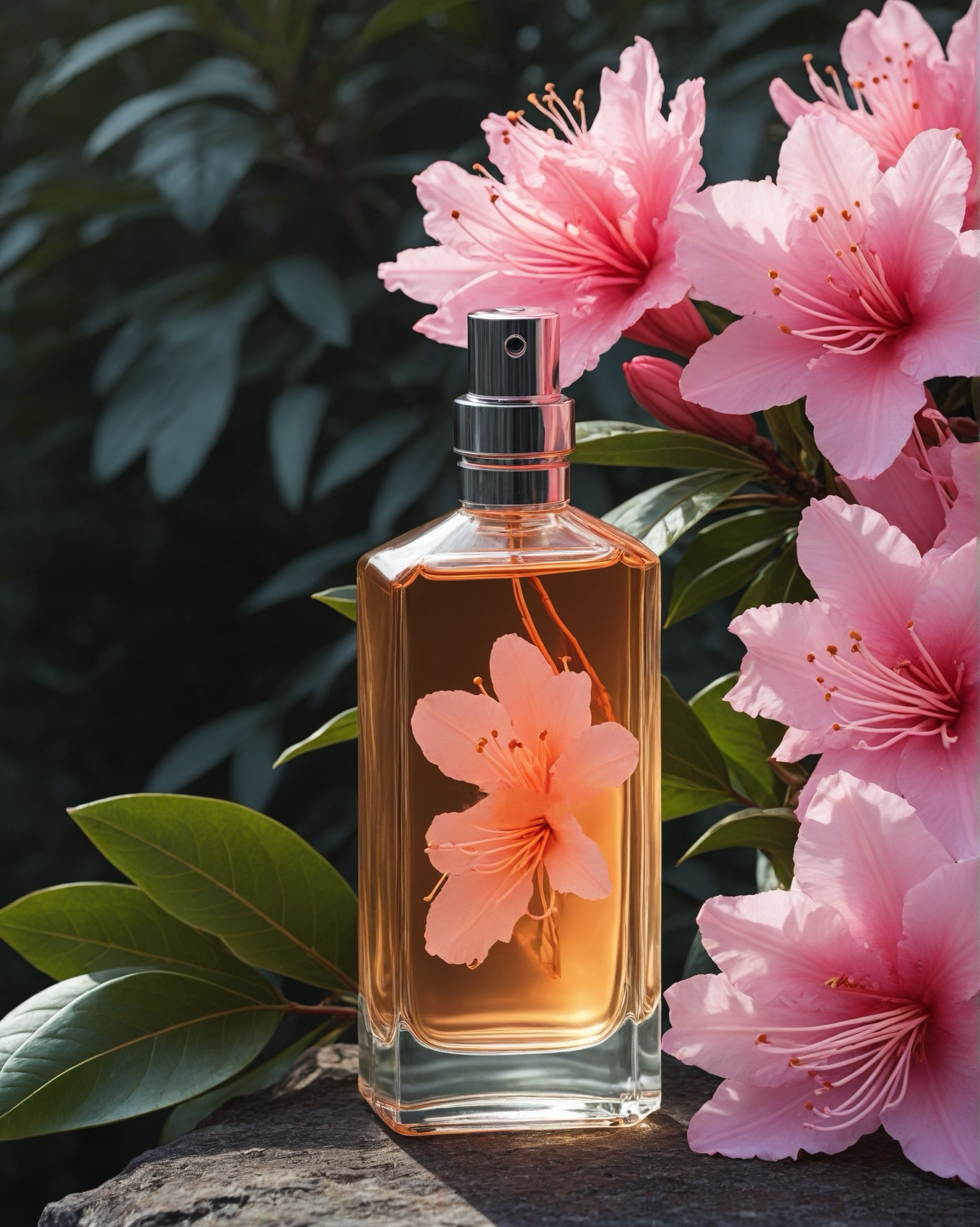


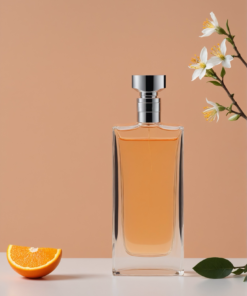
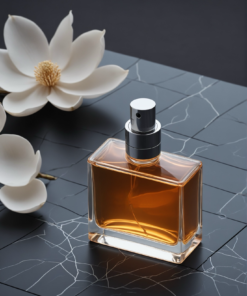
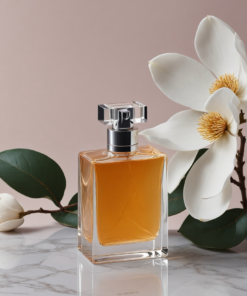
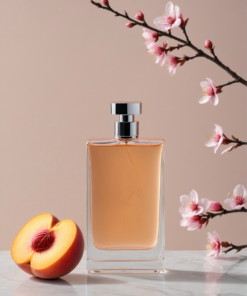
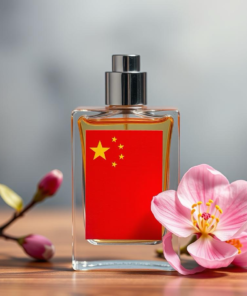
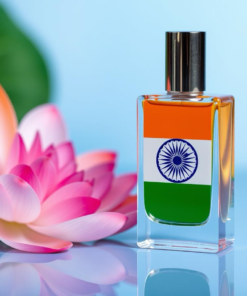

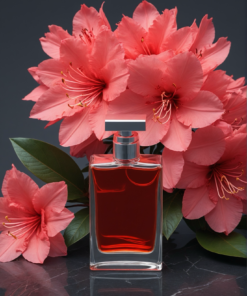
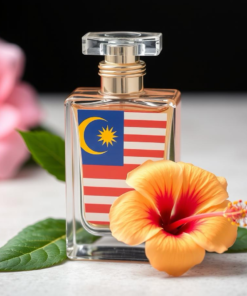

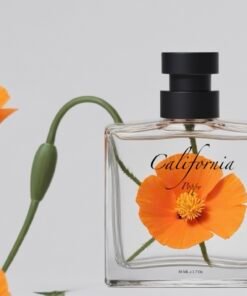
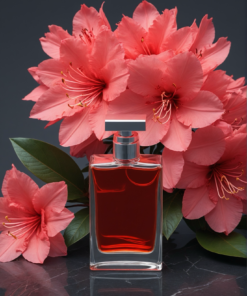

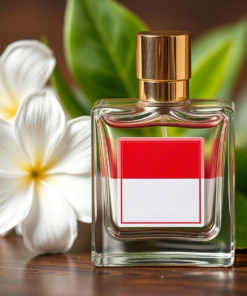
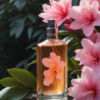
Reviews
There are no reviews yet.